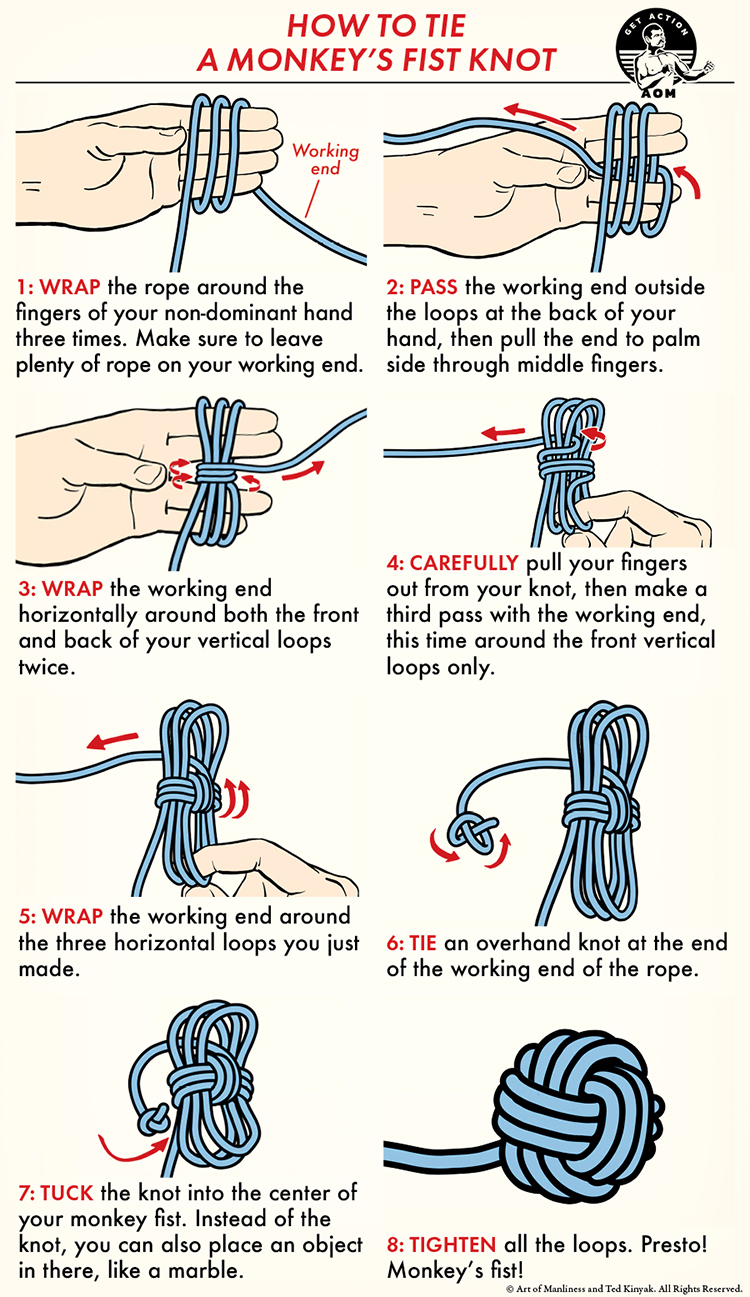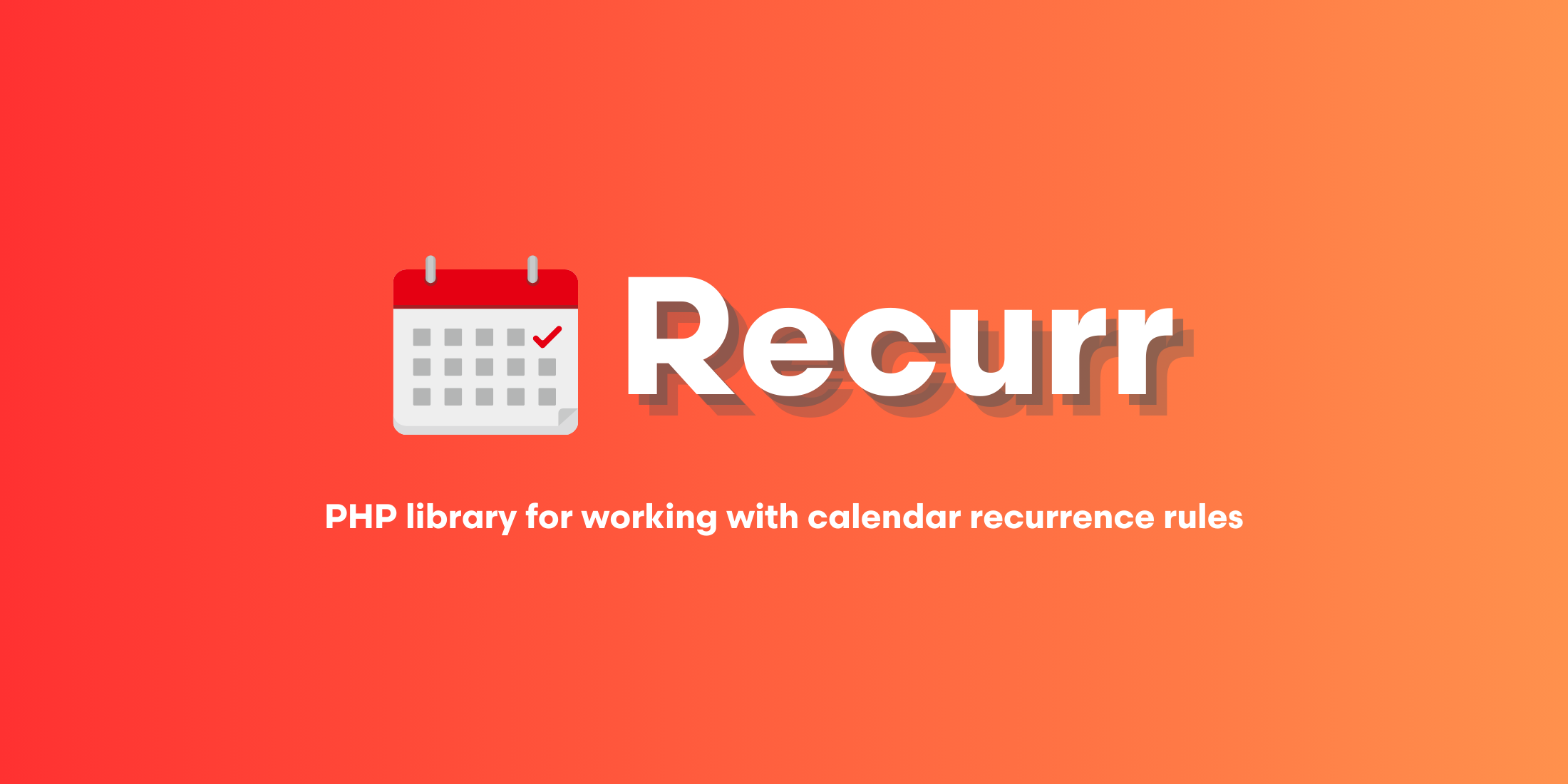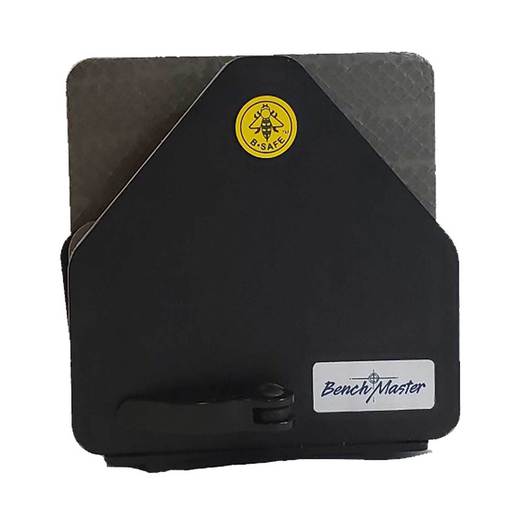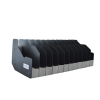https://www.ammoland.com/wp-content/uploads/2025/01/civil-unrest-gear-500×375.jpg
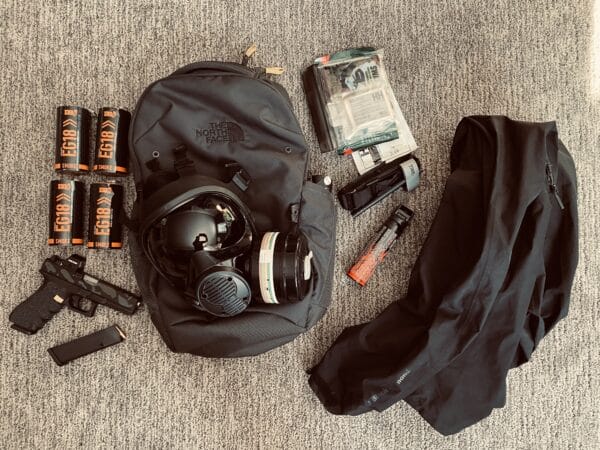
To figure out what gear we need to survive a civil unrest scenario, we need to identify what that scenario is. Depending on where you live and commute, the threats for those areas will dictate the gear. This is going to be different from person to person.
The following is the gear I’m using for my area of operations. For my area, Northeast Ohio, we’ve had “street takeovers” that have turned violent in Cleveland and surrounding areas. With that, my mindset is, what do I need to safely escape and evade that area if I get caught up in one of these? If I have my wife and daughters with me, it becomes even more critical that I get them to safety.
Aside from that, you’ve likely seen gangs harassing small towns across the United States, breaking and entering apartment complexes, and carjacking.
Not all these scenarios are going to warrant lethal force unless you can, without a doubt, prove your life was in danger. For that reason, I will always have my concealed carry pistol on me, but I will likely be going for the other gear first.
Most of you have heard of the different gear levels, starting with the gear on your person, your belt and/or chest rig, and finally, a backpack. Keeping somewhat with those levels, we will adapt that to the everyday guy or gal. Let’s cover the minimum EDC you should have on your person and then the minimum items to have in a go-bag.
Live Inventory Price Checker

|
Glock 17 MOS 9mm Luger 4.49in Black Pistol – 17+1 Rounds – Gray |
Sportsman’s Warehouse |
$ 669.99 |
|

|
Glock 17 MOS 9mm Luger 4.49in Black Pistol – 17+1 Rounds – Black |
Sportsman’s Warehouse |
$ 549.99 |
|

|
Glock 17 MOS 9mm Luger 4.49in NDLC Gray Pistol – 10+1 Rounds – Gray |
Sportsman’s Warehouse |
$ 629.99 |
|

|
Glock 17 Gen5 M.O.S 9mm Luger 4.5in Red, White & Blue Battleworn Flag Pistol – 17+1 Rounds – Camo Full-Size |
Sportsman’s Warehouse |
$ 729.99 |
|
On Person EDC Gear List
- Handheld Flashlight. I have been carrying the Streamlight Protac 1L-1AA light since it was released. I prefer it because its a dual-fuel light meaning I can use with a standard AA battery or a more powerful CR123.
- Knife and/or MultiTool. I’ve been through many EDC knives, expensive and cheap, and I always go back to the KA-BAR Dozier folding knife.
- Concealed Carry Pistol and spare mag. For me, that’s a Glock 17 carried in a Tier 1 Concealed IWB holster.
- Minimum of $100 cash with a recommended amount of $300.
- EDC Tourniquet in my back pocket. I’ve carried a SWAT-T Tourniquet for about a decade and, luckily, never used it.

Go-Bag Gear List
- Medical Trauma Kit. There are some great pre-made options to purchase. To keep things simple, I built my own kit with the four primary trauma items: tourniquet, hemostatic gauze, compact pressure dressing, and compact chest seal. In addition, I also carry a small pack of first aid items for smaller cuts and scrapes.
- Gas mask
- Smoke grenades
- Bear spray
- Water bottle with water
- Compact Rain Jacket
- Level 3a soft armor backpack insert
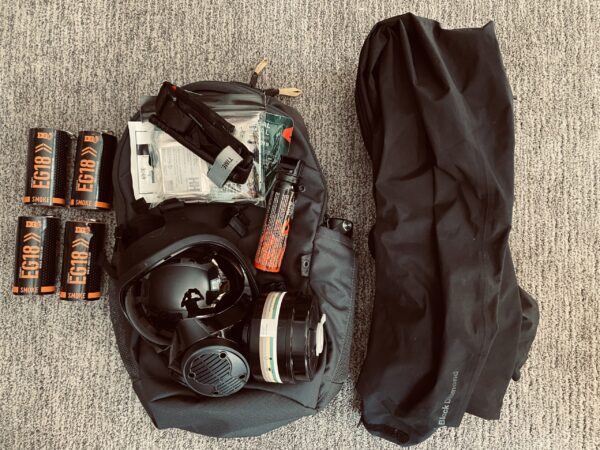
I have to give credit where credit is due for a few of my go-bag items. John ‘Shrek’ McPhee recently did a video on his go-bag. After watching that video and thinking about his mindset, I decided to add a gas mask, smoke grenades, and bear spray to my go-bag equipment list. Plus, it’s just cool to have a blacked-out gas mask and smokes. A little intimidation goes a long way. Check it out!
Some of you may have plate carriers with plates and/or chest rigs ready to go. While that may work for your area, it does not work for mine. The same goes for a truck gun. I’ve carried a rifle in my truck from time to time, but I don’t want the risk of someone breaking in and getting it, nor is it practical for the threats in my area. My civil unrest gear is not meant for a Red Dawn invasion but rather to escape and evade a bad situation.
Sound off in the comments with your preferred gear for civil unrest!
About Scott Witner
Scott Witner is a former Marine Corps Infantryman with 2ndBn/8th Marines. He completed training in desert warfare at the Marine Air Ground Combat Center, Mountain Warfare and survival at the Mountain Warfare Training Center, the South Korean Mountain Warfare School in Pohang, and the Jungle Warfare school in the jungles of Okinawa, Japan. He now enjoys recreational shooting, trail running, hiking, functional fitness, and working on his truck. Scott resides in Northeastern Ohio.

AmmoLand Shooting Sports News

